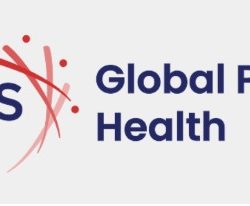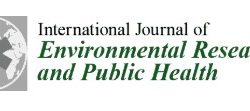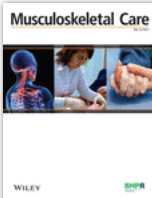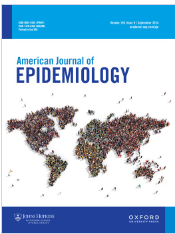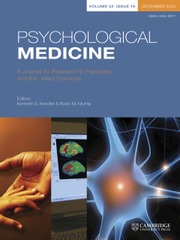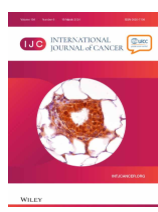Who thrives in Canada? An Examination of social factors, healthcare access, and immigration status
Authors: Sonia Anand, Shreni Patel, Scott Lear, Trevor Dummer, Vikki Ho, Jean-Claude Tardif, Jennifer Vena, Karleen Schulze, Paul Poirier, Dipika Desai, Matthias Friedrich, from the Canadian Alliance for Healthy Hearts and Minds Study. Journal: PLOS Public Health Abstract High-income countries like Canada report some of the worlds’ highest life-satisfaction levels, yet less is known about how life satisfaction varies by race and immigration status. This study investigates the factors that influence subjective well-being among 8,063 adults from the Canadian Alliance of Healthy Hearts and Minds study recruited between 2014 and 2018, including a subset of 2,142 immigrants. Measures of demographic, socioeconomic, health, healthcare access, and self-reported ethnicity were investigated in relation to self-reported life satisfaction as measured by the validated Cantril ladder score in which people were classified as suffering [1–4], struggling [5–6], or thriving [7–10]. Among 8,063 adults, approximately half were women, 18.6% were racialized, and 26.6% were immigrants. The mean life satisfaction score was 7.2 (1.4), with 71% classified as thriving. However racialized immigrants reported significantly lower life satisfaction than Canadian born non-racialized participants [6.6 (1.6) vs 7.2 (1.4); P < 0.001, and a lower proportion were classified as thriving [57% vs 73%]. In the overall sample, multivariable linear regression showed higher life satisfaction was associated with older age, male sex, having trusted neighbours, and having a language-concordant family doctor. Lower life satisfaction was associated with social disadvantage, being female, having poorer cardiovascular health, being unable to afford prescription medications, seeking care in an emergency department, and being racialized. Amongst the subset of immigrants, the life satisfaction associated factors were directionally consistent and racialized immigrants reported lower life satisfaction due to discrimination based on skin colour. Although Canada has amongst the highest life-satisfaction scores globally, the average masks persistent inequities as racialized people (especially racialized immigrants) have lower life satisfaction than non-racialized people. The findings highlight actionable levers—language-concordant primary care attachment, affordable medications, neighbourhood trust, and improved cardiometabolic health—that can be targeted to close the observed well-being gap. doi: https://doi.org/10.1371/journal.pgph.0005257

